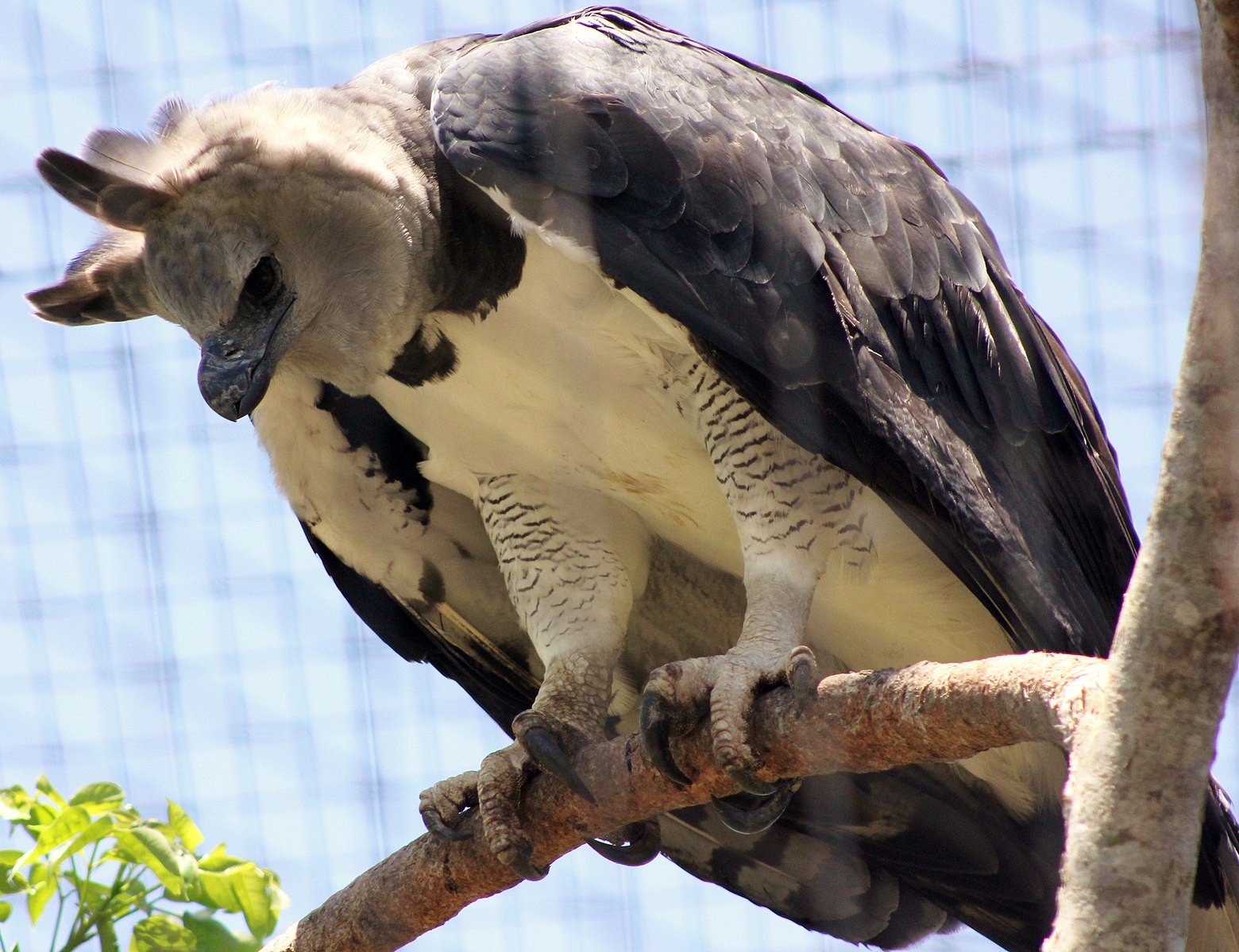Harpy Eagles (Harpia harpyja) are among the most powerful and largest raptors globally, primarily found in the tropical lowland rainforests of Central and South America. These majestic birds are known for their unique sleeping habits, which are essential for their survival and well-being.
Sleeping Habits of Harpy Eagles
Harpy Eagles are diurnal, meaning they are active during the day and sleep at night. They spend a significant portion of their time perched in high trees, resting and conserving energy when they are not actively hunting or searching for food.
Perching and Roosting
Harpy Eagles prefer to sleep on sturdy branches or in tree cavities, typically located high up in the canopy of the rainforest. These elevated sleeping spots provide them with a clear view of their surroundings, allowing them to remain vigilant and detect any potential threats or prey.
Feather Fluffing
Before settling down to sleep, Harpy Eagles will fluff their down feathers beneath their outer feathers. This behavior helps to trap air and provide insulation, keeping the birds warm and comfortable during the cooler night hours.
Facial Disk and Hearing
Harpy Eagles have a unique facial disk feature, similar to owls, which helps to direct sounds to their ears. This adaptation enhances their hearing, allowing them to detect prey even in the dark and dense forest environment where they sleep.
Vocalization
Harpy Eagles are known for their silent hunting technique, and they do not vocalize much during their sleeping hours. These birds are generally quiet, with their vocalizations primarily used for communication during breeding and nesting activities.
Breeding and Nesting
 Image source: Harpy Eagle by cuatrok77
Image source: Harpy Eagle by cuatrok77
Harpy Eagles are monogamous, and their pair bonds last for life. They breed every 2 to 3 years, and the female lays two white eggs, which she incubates for around 56 days. During this time, the male captures food for the incubating female and later the eaglet.
Nest Location
Harpy Eagle nests are typically located high up in the main fork of a tree, at a height ranging from 16 to 43 meters (52 to 141 feet). These elevated nests provide the birds with a secure and protected sleeping environment for their young.
Parental Care
After the first chick hatches, the second egg is often ignored and fails to hatch unless the first egg perishes. The chick can stand and walk awkwardly at 36 days old, but the parents continue to feed and care for it for an additional 6 to 10 months after it fledges.
Threats and Conservation
Harpy Eagles are threatened primarily by habitat loss due to the expansion of logging, cattle ranching, agriculture, and prospecting. They are also hunted as a perceived threat to livestock and human life, despite their generally docile nature.
Despite these threats, the total Harpy Eagle population size is estimated to be around 20,000-49,999 individuals, according to the IUCN Red List. Conservation efforts, such as habitat protection and public education, are crucial to ensuring the long-term survival of these magnificent birds.
References:
– https://peregrinefund.org/explore-raptors-species/eagles/harpy-eagle
– https://animalia.bio/harpy-eagle
– https://www.dimensions.com/element/harpy-eagle-harpia-harpyja
– https://www.audubon.org/news/10-fun-facts-about-harpy-eagle
– https://animals.sandiegozoo.org/animals/harpy-eagle


